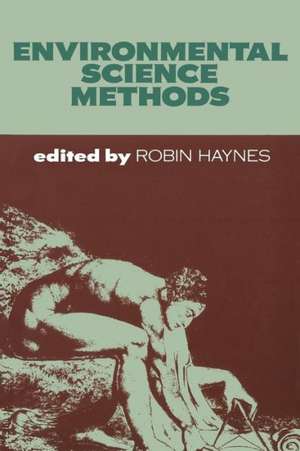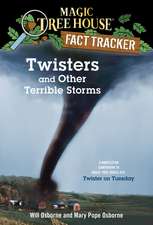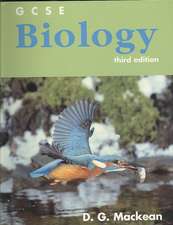Environmental Science Methods
Autor Robin Haynesen Limba Engleză Paperback – 19 aug 1982
Preț: 395.09 lei
Nou
Puncte Express: 593
Preț estimativ în valută:
75.60€ • 79.35$ • 62.75£
75.60€ • 79.35$ • 62.75£
Carte tipărită la comandă
Livrare economică 10-24 aprilie
Preluare comenzi: 021 569.72.76
Specificații
ISBN-13: 9780412232909
ISBN-10: 0412232901
Pagini: 404
Ilustrații: X, 404 p. 29 illus.
Dimensiuni: 155 x 235 x 22 mm
Greutate: 0.58 kg
Ediția:1982
Editura: SPRINGER NETHERLANDS
Colecția Springer
Locul publicării:Dordrecht, Netherlands
ISBN-10: 0412232901
Pagini: 404
Ilustrații: X, 404 p. 29 illus.
Dimensiuni: 155 x 235 x 22 mm
Greutate: 0.58 kg
Ediția:1982
Editura: SPRINGER NETHERLANDS
Colecția Springer
Locul publicării:Dordrecht, Netherlands
Public țintă
ResearchCuprins
1 Measurement.- 1.1 Measurement scales.- 1.2 Physical quantities.- 1.3 Accuracy and errors.- 1.4 Sampling.- 1.5 Further reading.- 2 Mathematics.- 2.1 Basic algebra.- 2.2 Vectors.- 2.3 Functions and graphs.- 2.4 Rate of change, gradients and limits.- 2.5 Differentiation.- 2.6 Maxima and minima: optimization.- 2.7 Partial differentiation.- 2.8 Anti-derivatives and integration.- 2.9 Equations of motion.- 2.10 Differential equations.- 2.11 Further examples of integration in mechanics.- 2.12 Further reading.- 3 Statistics.- 3.1 Describing data.- 3.2 Probability and the normal distribution.- 3.3 Hypothesis testing.- 3.4 Testing differences between means.- 3.5 The analysis of variance.- 3.6 The chi-square test.- 3.7 Correlation.- 3.8 Regression.- 3.9 Non-linear relationships.- 3.10 Multiple regression and correlation.- 3.11 Further statistics.- 3.12 Further reading.- 4 Computing.- 4.1 What are computers?.- 4.2 Using the computer.- 4.3 Data analysis using computers.- 4.4 Non-package computing.- 4.5 Glossary of computer terminology.- 4.6 Further reading.- 5 Laboratory techniques.- 5.1 Tools of the trade.- 5.2 Standard chemical techniques.- 5.3 Laboratory analysis of soils and sediments.- 5.4 Further reading.- 6 Microscopy.- 6.1 Components and operation of microscopes.- 6.2 Biological microscopy.- 6.3 Minerals in polarized light: the petrological microscope.- 6.4 The identification of minerals in thin section.- 6.5 Identification of detrital grains.- 6.6 Further reading.- 7 Remote sensing.- 7.1 Why remote sensing?.- 7.2 The electromagnetic spectrum.- 7.3 Remote sensing techniques.- 7.4 Viewing aerial photographs.- 7.5 Interpretation of aerial photographs.- 7.6 Further reading.- 8 Maps.- 8.1 World maps.- 8.2 Local maps.- 8.3 Map conventions.- 8.4 Measurements from maps.- 8.5 Geological maps.- 8.6 Weather maps.- 8.7 Further reading.- 9 Surveying.- 9.1 Instruments.- 9.2 Location of a point-resection.- 9.3 Location of points-traverses.- 9.4 Height measurement.- 9.5 Construction of a map.- 9.6 Organization and planning of a survey.- 9.7 Further reading.- 10 Social surveys.- 10.1 Types of social survey.- 10.2 Planning the survey.- 10.3 Questionnaire design.- 10.4 The selection of respondents.- 10.5 Carrying out the survey.- 10.6 After the survey.- 10.7 Further reading.- 11 Project evaluation.- 11.1 Cost benefit analysis.- 11.2 An example of cost benefit analysis.- 11.3 Environmental impact assessment.- 11.4 Impact assessment techniques.- 11.5 Further reading.





![Kitchen Chemistry [With CDROM]: Rsc](https://i4.books-express.ro/bt/9780854043897/kitchen-chemistry-with-cdrom.jpg)
